McGill is a research-intensive university credited with many scientific discoveries and other inventions. However, there are certain research projects that went horribly wrong and the university tends to downplay them. One of the most devastating discoveries ever made occurred in McGill University’s MacDonald Physics Building, which is now said to be cursed.
Welcome to the eighty-second installment of the Haunted Montreal Blog!
With over 500 documented ghost stories, Montreal is easily the most haunted city in Canada, if not all of North America. Haunted Montreal dedicates itself to researching these paranormal tales, and the Haunted Montreal Blog unveils a newly researched Montreal ghost story on the 13th of every month!
This service is free and you can sign up to our mailing list (top, right-hand corner for desktops and at the bottom for mobile devices) if you wish to receive it every month on the 13th! The blog is published in both English and French!
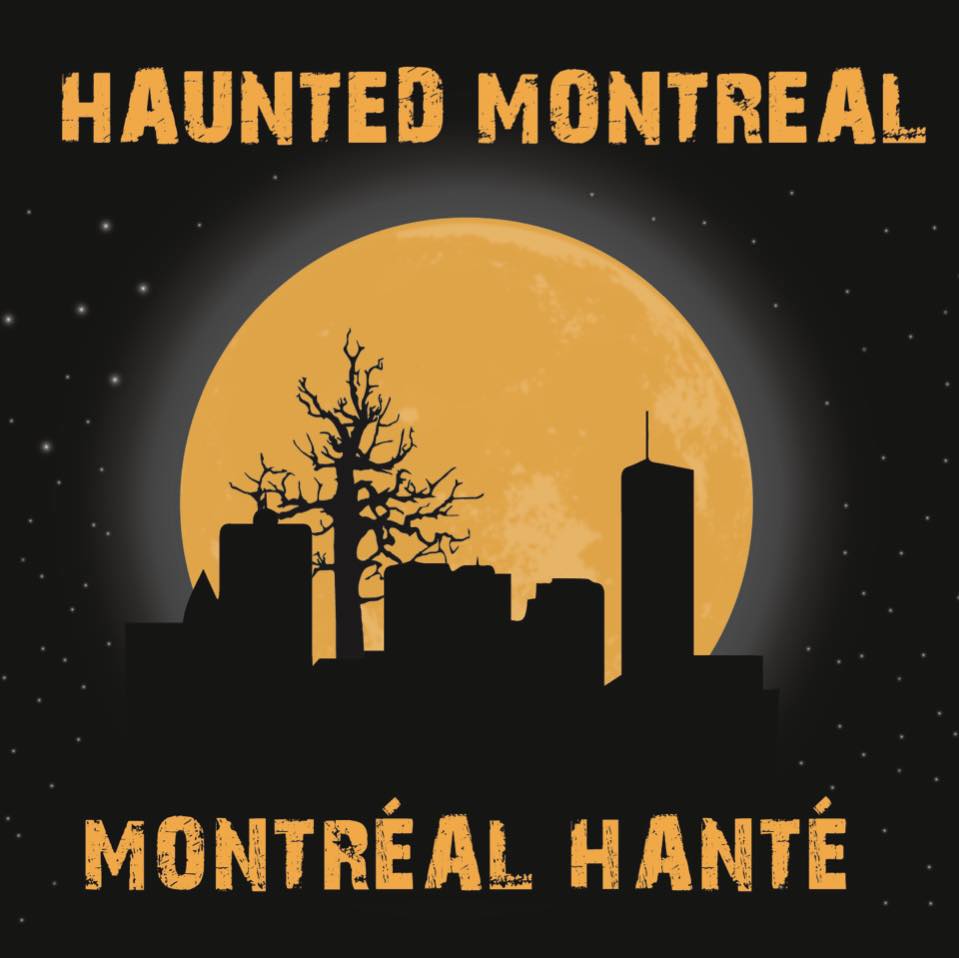
Haunted Montreal is very proud to have won the prestigious Making the World Happening Award! As we continue to develop and offer innovative haunted experiences, we are very happy to receive this recognition.
We are also pleased to announce that our new Haunted Old Montreal ghost tour is almost ready and tickets will be on sale soon! Stay tuned on our website and Facebook page!
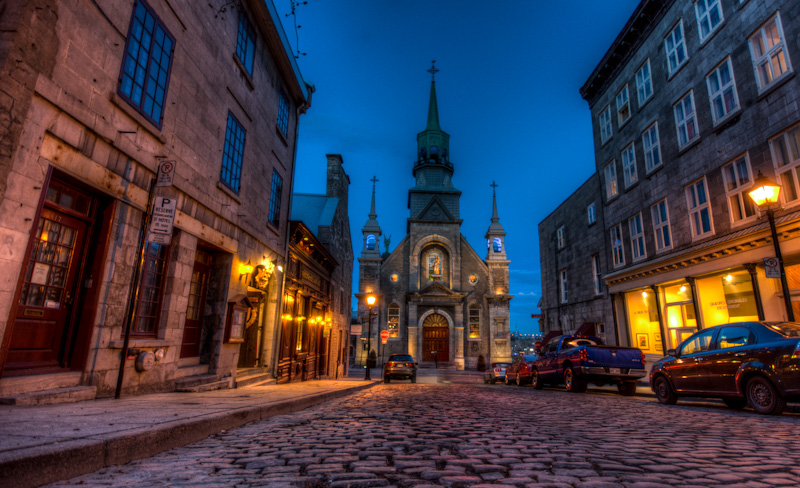
Haunted Montreal is offering our regular ghost tours every Saturday evening on rotation up until June, when the season will be expanded:
Haunted Griffintown Ghost Walk
Our Haunted Pub Crawl is offered every Sunday at 3 pm in English and on the last Sunday of the month at 4 pm in French.
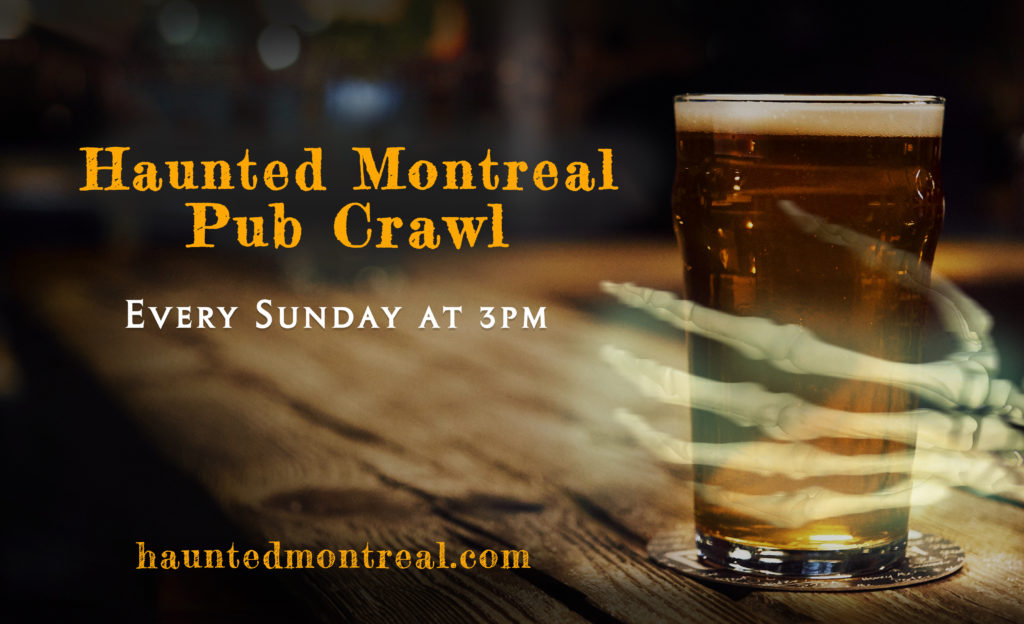
While public tours are available on Sunday afternoons for the Haunted Pub Crawl, private tours can be booked at any time based on the availability of our actors.
Our Virtual Ghost Tour is also available on demand!
Additionally, our team is releasing videos of ghost stories from the Haunted Montreal Blog every Saturday, in both languages!
Our hosts include Holly Rhiannon (in English) and Dr. Mab (in French).

Want to give the gift of a haunted experience for the 2022 season?
You can now order a Haunted Montreal Gift Certificate through our website. They are redeemable via Eventbrite for any of our in-person or virtual experiences. There is no expiration date.
Lastly, we now have an online store for those interested in Haunted Montreal merchandise. More details are below in our Company News section!
This month we explore the giant metal cross on Mount Royal, which is alleged to be haunted.
Haunted Research
The Mount Royal Cross is one of Montreal’s most iconic symbols. Perched high on the mountain and standing at 98-feet high, when it is lit up at night it can be seen from up to eighty kilometers away.
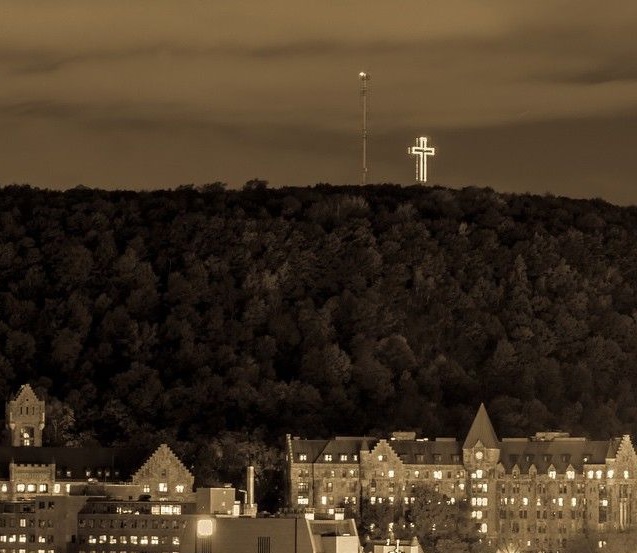
Rooted in deep the city’s colonial history, to many Indigenous people the cross symbolizes genocide. Because the mountain was used as a burial ground for millennia by the Mohawk and other First Nations, some feel that the Mount Royal Cross desecrates this sacred place.
On May 1st, 2022, an Indigenous group called the Mohawk Mothers (Kanien’kehá:ka kahnistensera) said now is the time to take down Montreal’s cross on the city’s famous mountain.
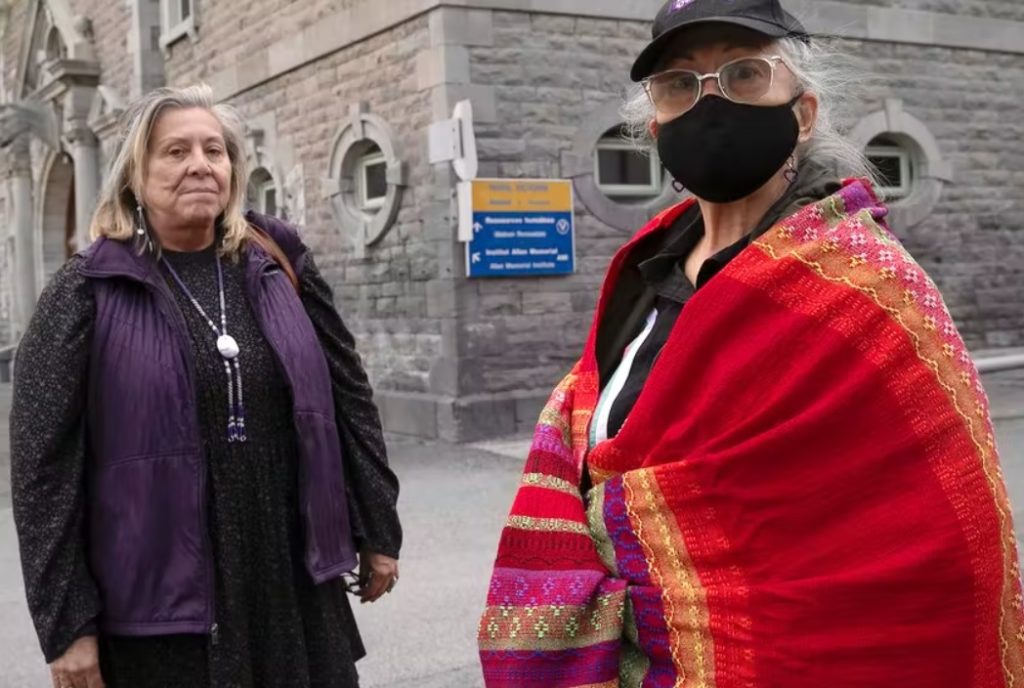
In a Global News report, they noted that the religious symbol rests on un-ceded Indigenous territory.
Another Mohawk resident of Kahnawake named Elizabeth reacted, saying: “Good, I am glad they want the cross down. The cross represents the churches that tortured those poor innocent Native children.”
She added:
“Montreal is haunted by restless souls, as an Elder once told me, who were buried all over the mountain.”

This information is corroborated with archaeological evidence and Indigenous oral history. There are also rumours of Indigenous burials in the vicinity of the Royal Victoria Hospital and even at the Mount Royal Cross itself.
According to paranormal experts, the site where the Mount Royal Cross is located is rife with haunted activity. Ghost hunters have captured photos or orbs and blurry images of what could be spirits lurking in the forest.

According to one paranormal investigator from Toronto: “When I got to the giant metal structure, I immediately sensed that something was wrong and felt panicky. As I went about setting up my equipment, I could feel eyes staring at me from within the forest. My ears started burning, as though someone was talking about me in a negative way. That night I recorded all sorts of EVPs (Electronic Voice Phenomena) and ghostly images. I have never felt so uneasy in my life during the investigation. Luckily, those feelings subsided as I descended the mountain in the dark.”
Mount Royal is part of a range of hills known as the Collines Montérégiennes.
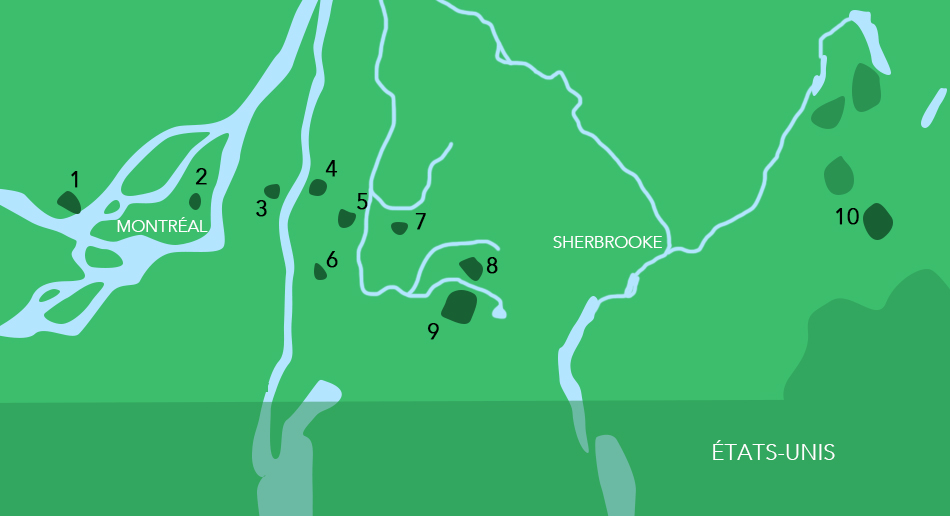
Situated in the center of Montreal Island, it rises to 233 metres at its highest point. Mount Royal is often said to be an ancient, extinct volcano, and indeed it is part of a vastly eroded volcanic complex, which was probably active about 125 million years ago.
This entire area was underwater until about 10,000 years ago. When the waters started to recede, the mountain appeared as an island at first.
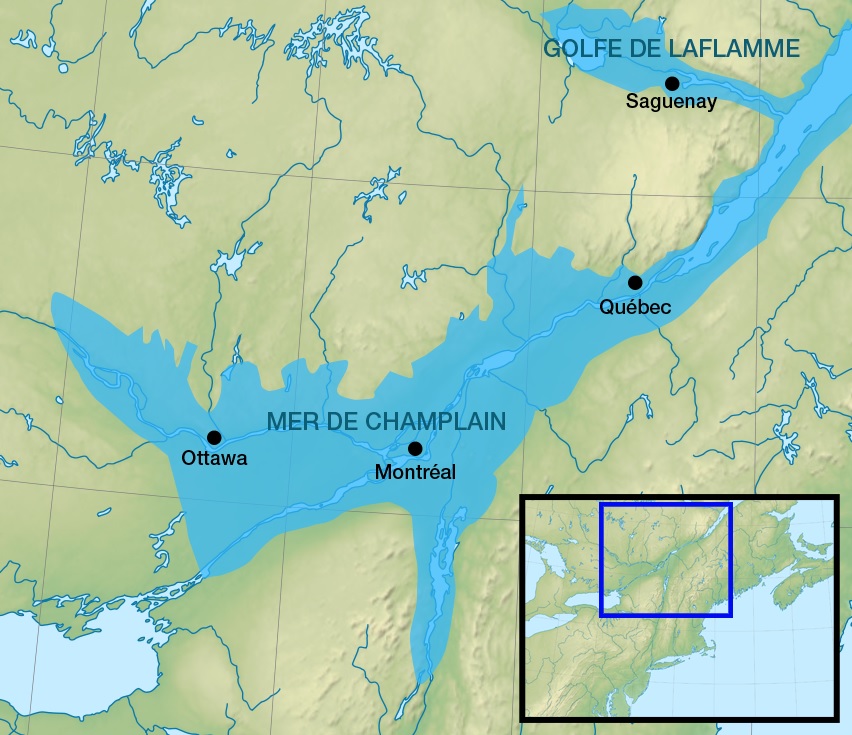
The ancestors of the Kanien’kehá:ka, or Mohawk First Nation, called the island Tiotà:ke, meaning “where the currents meet” because over a dozen rivers developed as the waters receded, with Tiotà:ke being at the center of their convergence. They called the mountain Otsirà:ke, or the “place of the fire”, because they would often build a great fiery beacon on the top of the mountain to attract trade delegations and diplomats from other First Nations for important conferences. The mountain was also considered sacred ground and was used for burials, with bodies being interred in the foetal position, as was the custom.

The ancestors of the Mohawk First Nation built a sophisticated city at the foot of the mountain called Hotsirà:ken, a major trade centre of over 5000 inhabitants. Taking advantage of fertile soils and south-facing sunshine. Hotsirà:ken was a sophisticated city with over 50 longhouses and had a wooden palisade surrounding it. The inhabitants not only traded, but also grew what were known as the three sisters: corn, beans, and squash. For thousands of years it thrived as a prosperous Indigenous city.
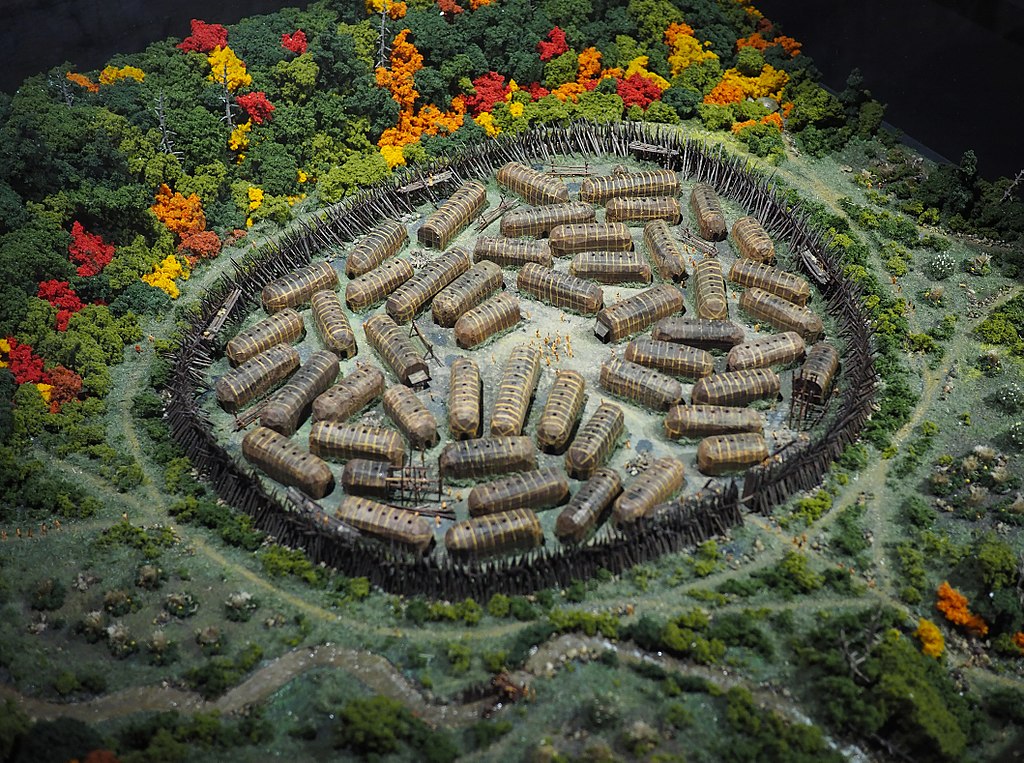
However, in 1535, a French explorer by the name of Jacques Cartier arrived on the island. He had claimed the entire region for the King of France a year earlier by planting a cross into the ground in the Gaspé region, and now he was exploring the St. Lawrence River. Cartier was welcomed by the inhabitants of Hotsirà:ken, which he erroneously recorded as “Hochelaga”.
The leader of the city, or Agouhanna, was a disabled man who was carried to Cartier on animal hides. According to Cartier: “This chief was completely paralyzed and deprived of the use of his limbs.”
Guided by the native inhabitants of Hotsirà:ken, Jacques climbed the great mountain Otsirà:ke and re-named it “Mount Royal”, after French King François I.
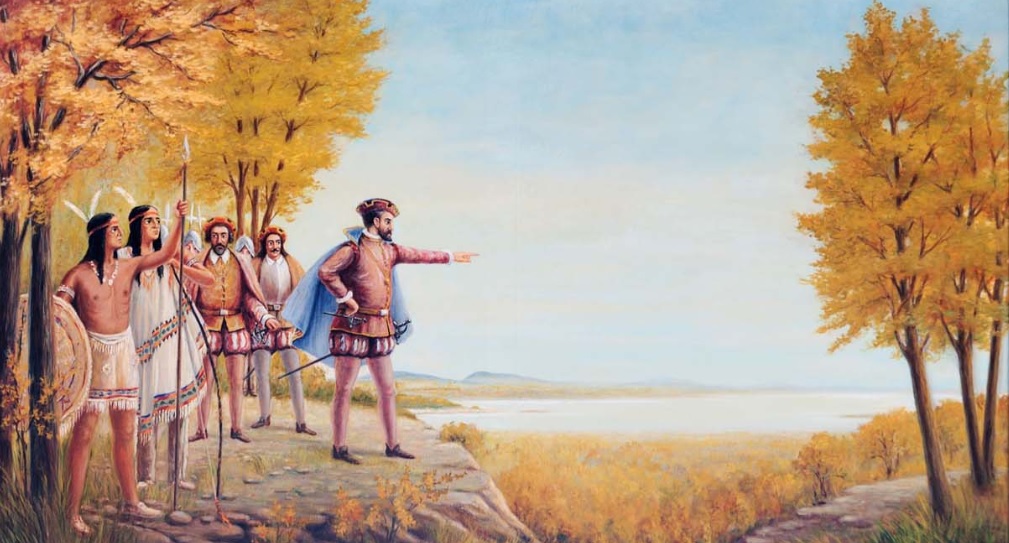
The name appeared on subsequent maps that were used by European navigators and eventually the name stuck. Today, the vast majority of Montrealers do not know that the original name of “Mount Royal” was Otsirà:ke.
The French did not return in force until 1642. The mountain city of Hotsirà:ken had mysteriously disappeared, clearing the way to colonize the island in the opinion of the French. In reality, the Mohawks at Hotsirà:ken had temporarily retreated and fled south to the heart of their territory in the Mohawk Valley due to warfare with other First Nations who had allied with the French and an epidemic brought by French colonizers.
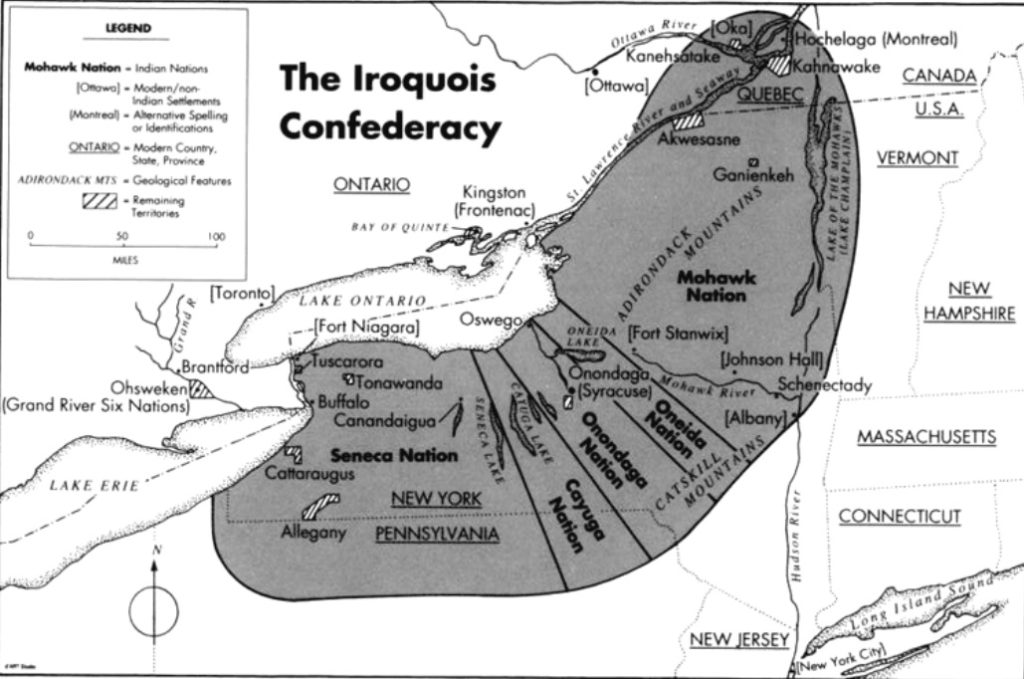
Paul de Chomedey, Sieur de Maisonneuve, was sent by an ultra-religious Catholic organization in Paris called “The Notre Dame Society for the Conversion of the Savage Peoples of New France” to establish a colony. This is not a joke – it was actually called that!
In 1642, he arrived with three boats of soldiers, colonists, and religious authorities, and they established a fort called Ville-Marie in what is now Old Montreal.

Named after the Virgin Mary, it was intended to be a sort of New Jerusalem, a religious city devoted to converting First Nations to Christianity. There was a relative peace in the colony until the Mohawk First Nation learned the following year that the French had colonized Tiotà:ke, which sparked a brutal war between French and Mohawk that lasted until 1701.
Before the war, the young religious colony faced disaster on December 24, 1642, their first Christmas Eve. An ice jam caused the waters of the St. Lawrence River to rise, threatening to flood their colony. Sieur de Maisonneuve, Jeanne Mance and the settlers prayed to the Virgin Mary for deliverance from the rising waters about to inundate their fort.
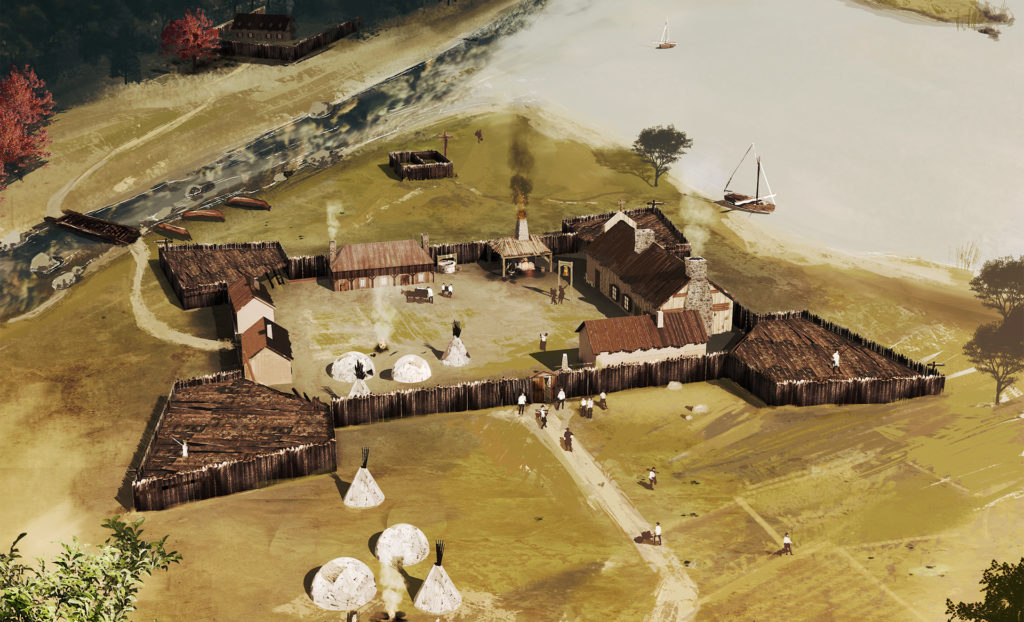
De Maisonneuve built a wooden cross on the spot and promised to carry it to Mount Royal if the flood subsided. Miraculously, the waters receded.
True to his word, on January 6, 1643, de Maisonneuve climbed the mountain and planted a wooden cross on Mount Royal to offer thanks to God for saving the settlement of Ville Marie from flooding.
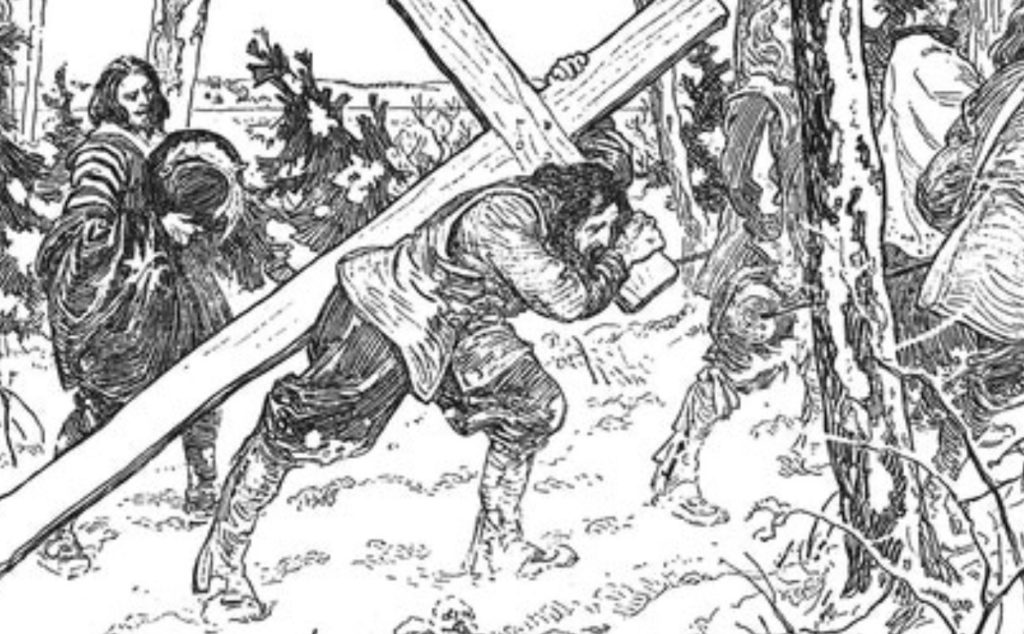
The location of this cross was not the same as the present-day symbol. Indeed, it was located much lower on the mountain somewhere along Côte-des-Neiges road to the north of the Grand Séminaire de Montréal.
During a pilgrimage to the cross in 1653, de Maisonneuve discovered that the cross had been destroyed by the Kanien’kehá:ka. He entrusted newly-arrived teacher Marguerite Bourgeoys with the mission of erecting a new cross and protecting it with a stake palisade. Accompanied by thirty men and a skilled carpenter named Gilbert Barbier, Bourgeoys spent three days overseeing the construction of a new cross surrounded by a wooden palisade.
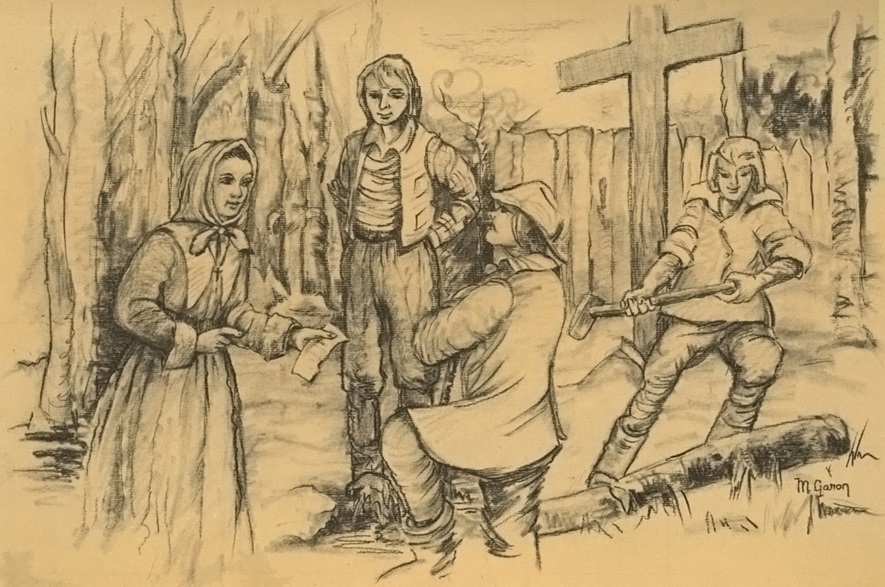
Bourgeoys would later go on to help found the first Residential School in modern-day Canada – the ominous Fort de la Montagne.
When the British Army took over the city in 1760, the cross was removed. British authorities, as Protestant worshippers, wanted this prominent Catholic symbol to be removed from the cityscape.
During the 19th century, Catholic adherents began agitating for another of their symbols on the mountain. When anticlerical mayor Honoré Beaugrand received a proposal for a “titanesque”, 200-foot tall bronze statue of the Virgin Mary, he immediately shot down the idea.
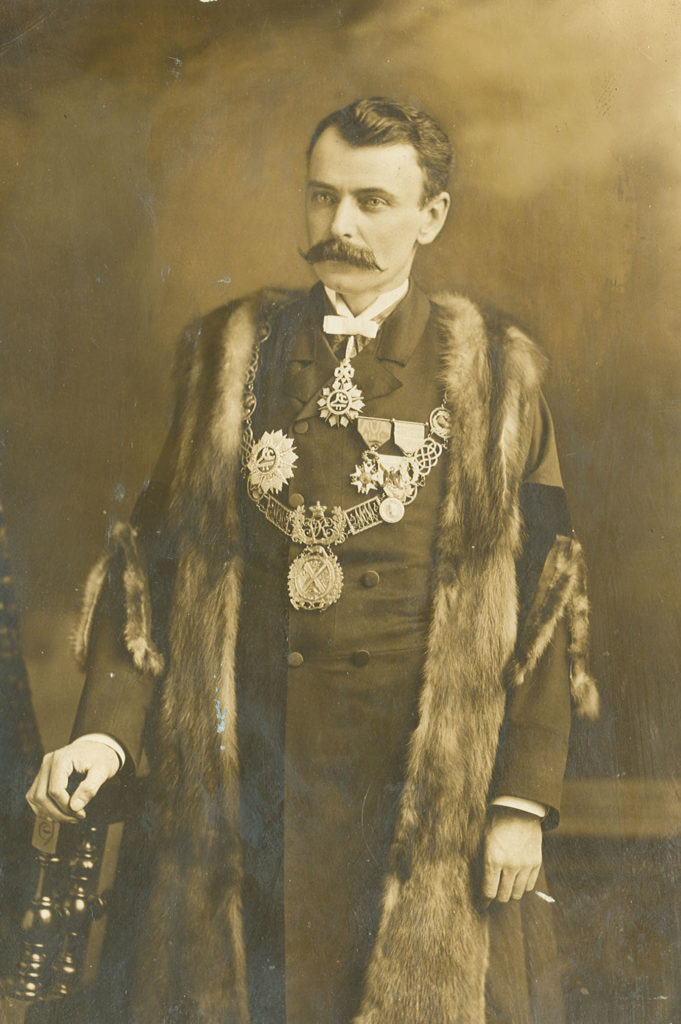
It would have been much taller than the 151-foot Statue of Liberty.
In the early 20th century, the Catholic Jean Baptiste Society proposed erecting a new cross on the mountain, a much larger version to be installed on the summit. This time they had an ally in Mayor Médéric Martin, a Catholic who enjoyed stirring up trouble with English Montreal residents.
The steel cross was designed by a Sulpician priest. As architects prepared the drawings, other followers started fundraising. Over 4,000 Catholic adults and 100,000 children sold commemorative stamps for five cents apiece, effectively raising $10,000 during the lengthy campaign.

Weighing 26 tons, the cross is made of steel and consists of 1,830 pieces joined by 6,000 rivets. While the original plans included an observation tower on top of the cross, that idea was scrapped for financial reasons.
On December 24, 1924, the cross was illuminated for the first time, allowing it to be seen from about 80 kilometers away.
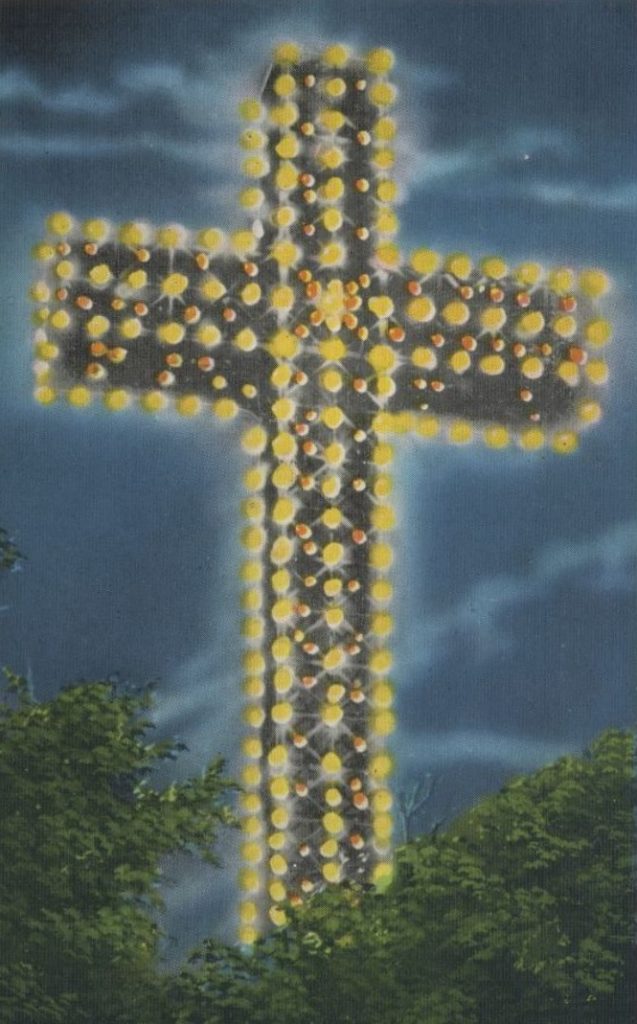
It is also noteworthy that the cross sometimes changes colour. In the old days, the incandescent lightbulbs had to be changed manually, a very time-consuming task. In 1992, a fibre-optics system was installed to replace the antiquated bulbs.

The colour can now be changed at the flick of a switch.
It usually switches from a bight whitish-golden colour to a deep purple when the Catholic Pope dies. It remains that way until a new Pope is chosen, when it is switched back to the original colour.
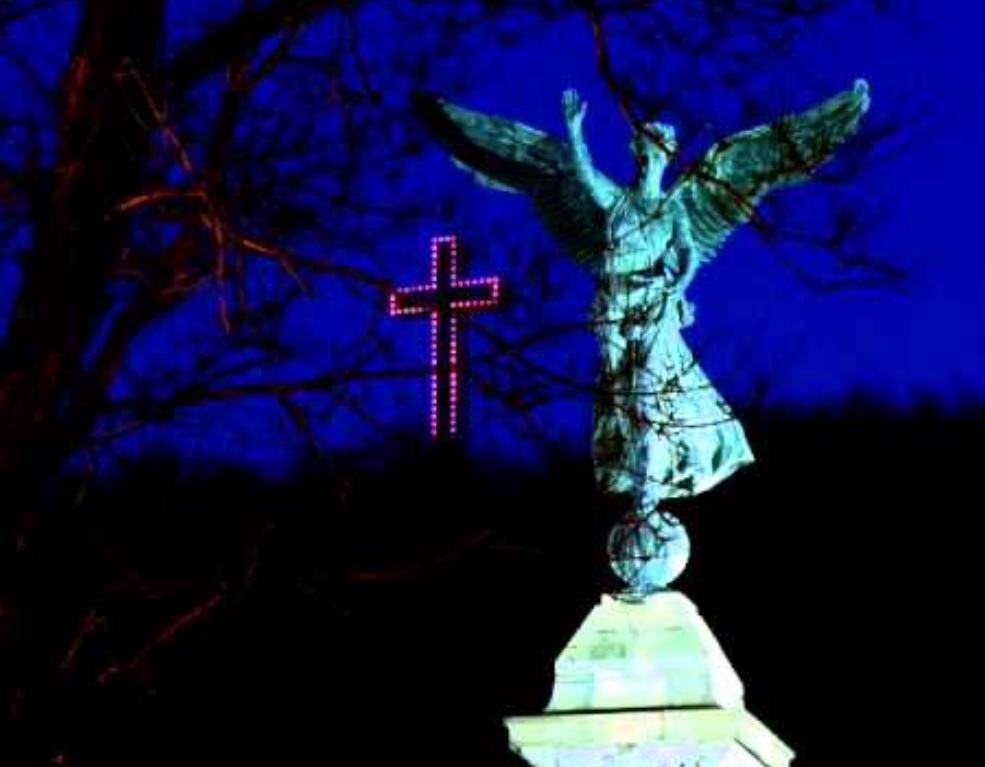
This was done for Popes in 1958 (Pius XII), twice in 1978 (Paul VI and John Paul I) and again in 2005 (John Paul II). When Pope Benedict XVI retired (instead of dying) in 2013, many Montrealers were disappointed that the cross did not change colour.
The cross has also changed purple for the death of King George V (1936), yellow for the “Great Mission”, an event of the Diocese of Montreal (1960), blue at the Saint-Jean Baptiste Day celebrations on Mount Royal (1975), and red to mark a march against AIDS in the 1980s.
In 2004, the City officially took possession of the Cross, as it had been offered by the Saint-Jean-Baptiste Society. Today it is festooned with cameras and motion sensors that alert police the moment someone attempts to climb it.

Returning to the issue that the Mount Royal Cross may have been erected on an Indigenous burial ground, this theory is entirely possible.
Historically, Europeans have shown almost no respect for the many Indigenous burial grounds found on the mountain and elsewhere on the island. In Lumières sous la ville: Quand l’archéologie raconte Montréal, archaeologists have pinpointed the exact locations of some of these Indigenous cemeteries.

One of them can actually be found underneath the Protestant Mount Royal Cemetery on the mountain, which was built over Indigenous graves. Perhaps not surprisingly, the most prominent ghost seen wandering the cemetery is that of an Algonquin warrior.
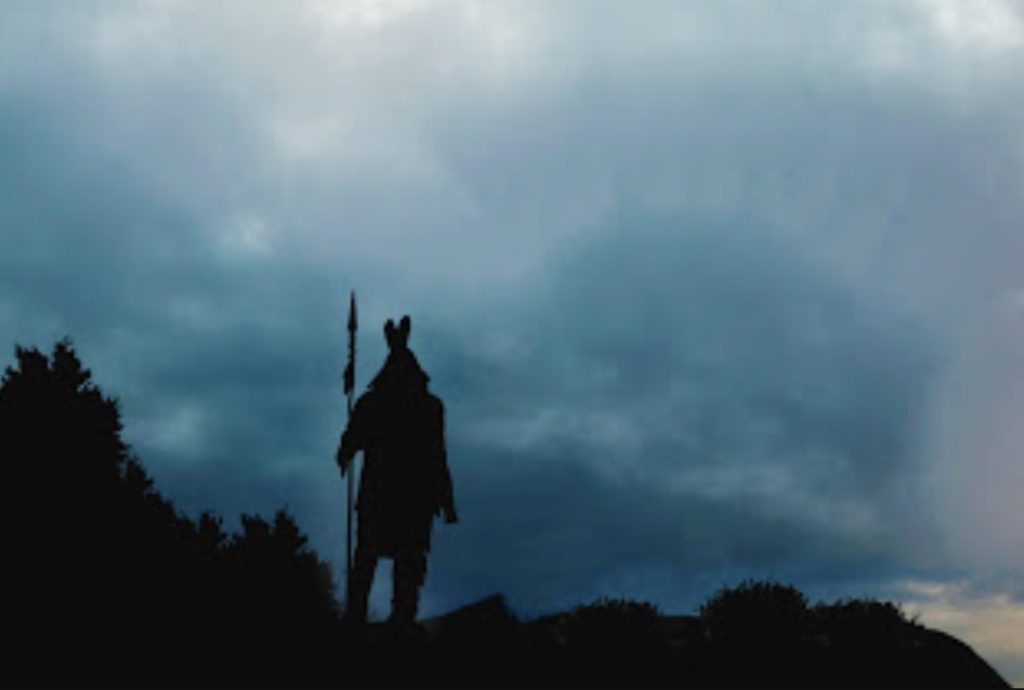
Another example can be found on a colonial map where the cartographer noted a “Cimetière des sauvages” (a racist expression for an Indigenous cemetery) just outside the city walls to the north of the Sulpician Seminary.
There is very little historical knowledge about who was buried there or why.

Was it the Indigenous people killed or executed by French authorities? Was it those who converted to Catholicism and then passed away? Or was the cemetery already present when the French started colonizing the island? It is certainly a mystery.
Today, there is a luxury condominium on the site called Les Étolies and there isn’t even a historical plaque to mark the now-destroyed Indigenous cemetery.

Constructing on Indigenous burial grounds is a common theme in many horror novels and movies – and it almost always ends badly.
The fact that the Mount Royal Cross is seen as a symbol of genocide by many Indigenous people, the idea of removing it is certainly worth debating.
For far too long European colonists have insisted on the erasure of Indigenous history, culture and languages – and its replacement with European versions. In the Age of Truth and Reconciliation, the time is ripe to find ways to reverse this disturbing trend.
Company News
Haunted Montreal is very proud to have won the prestigious Making the World Happening Award!
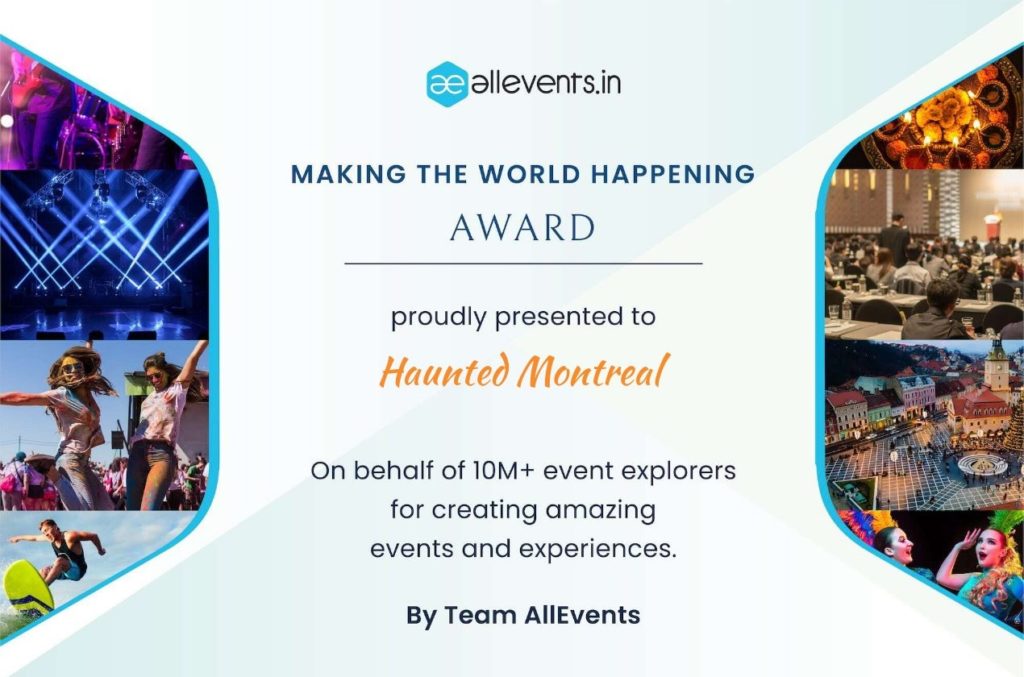
This is our second award, after winning the Travel and Hospitality Award for “Quebec’s Most Unique Experience of the Year” in 2019.
We are also pleased to announce that our new Haunted Old Montreal ghost tour is almost ready and tickets will be on sale soon! We did a prototype version on June 11th for the Bloomsday Festival. Stay tuned on our website and Facebook page!
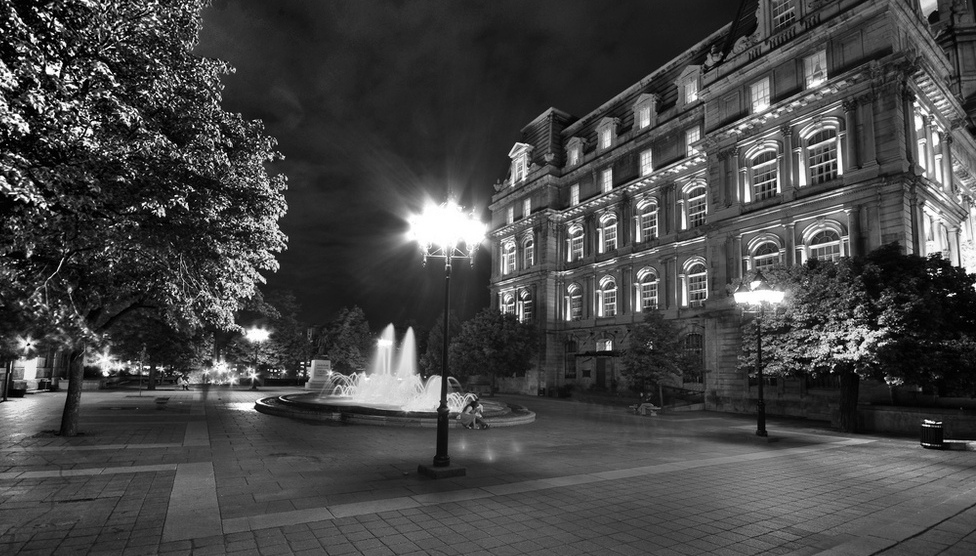
Haunted Montreal is offering our regular ghost tours every Friday and Saturday evening on rotation:
Haunted Griffintown Ghost Walk

Our Haunted Pub Crawl is offered every Sunday at 3 pm in English and on the last Sunday of the month at 4 pm in French.
While public tours are available on Sunday afternoons for the Haunted Pub Crawl, private tours can be booked at any time based on the availability of our actors and pubs.
Our Virtual Ghost Tour is also available on demand!

For private tours, clients can request any date, time, language and operating tour. These tours are based on the availability of our actors and start at $170 for small groups of up to 7 people.
Email info@hauntedmontreal.com to book a private tour!
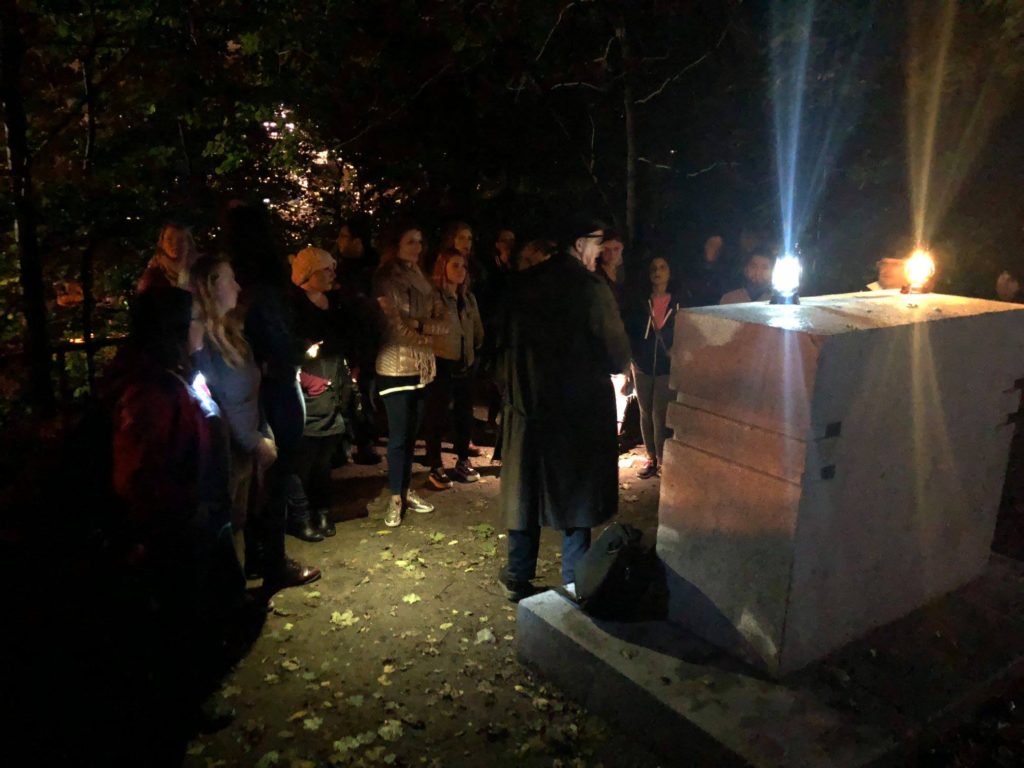
Furthermore, our team is releasing videos every Saturday, in both languages, of ghost stories from the Haunted Montreal Blog. Hosted by Holly Rhiannon (in English) and Dr. Mab (in French), this new initiative is sure to please ghost story fans!
Please like, subscribe and hit the bell!
In other news, if you want to send someone a haunted experience as a gift, you certainly can!
We are offering Haunted Montreal Gift Certificates through our website and redeemable via Eventbrite for any of our in-person or virtual events (no expiration date).

Finally, we have opened an online store for those interested in Haunted Montreal merchandise. We are selling t-shirts, magnets, sweatshirts (for those haunted fall and winter nights) and mugs with both the Haunted Montreal logo and our tour imagery.
Purchases can be ordered through our online store: shop.hauntedmontreal.com

Haunted Montreal would like to thank all of our clients who attended a ghost walk, haunted pub crawl, paranormal investigation or virtual event during the 2021 season!
If you enjoyed the experience, we encourage you to write a review on our Tripadvisor page, something that really helps Haunted Montreal to market its tours.
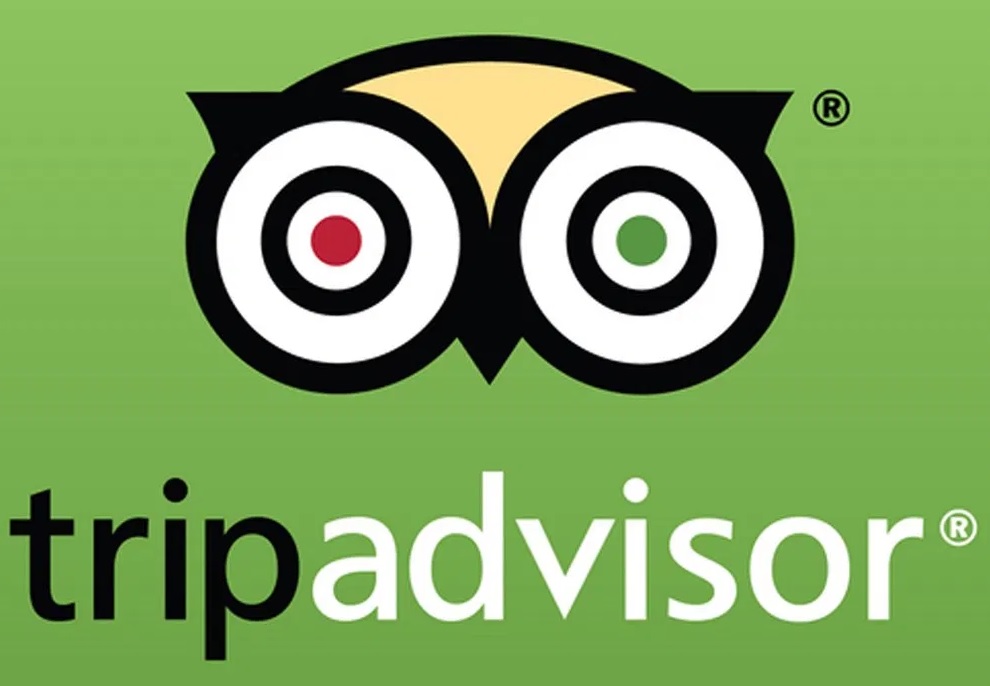
Lastly, if you would like to receive the Haunted Montreal Blog on the 13th of every month, please sign up to our mailing list.
Coming up on July 13th: Jeanne Le Ber’s Ghost
Jeanne Le Ber was a Catholic recluse who paid for a new church on condition she could live in cramped quarters behind the altar. As one of New France’s most revered personalities, she was known for self-flagellation, prostrating herself before the altar, praying, sewing and eating the leftover scraps of the poor. Recently, her ghost has been spotted near the site of the now-demolished church that was once her home – on the west corner of Saint Laurent Boulevard and Cours Le Royer in Old Montreal.
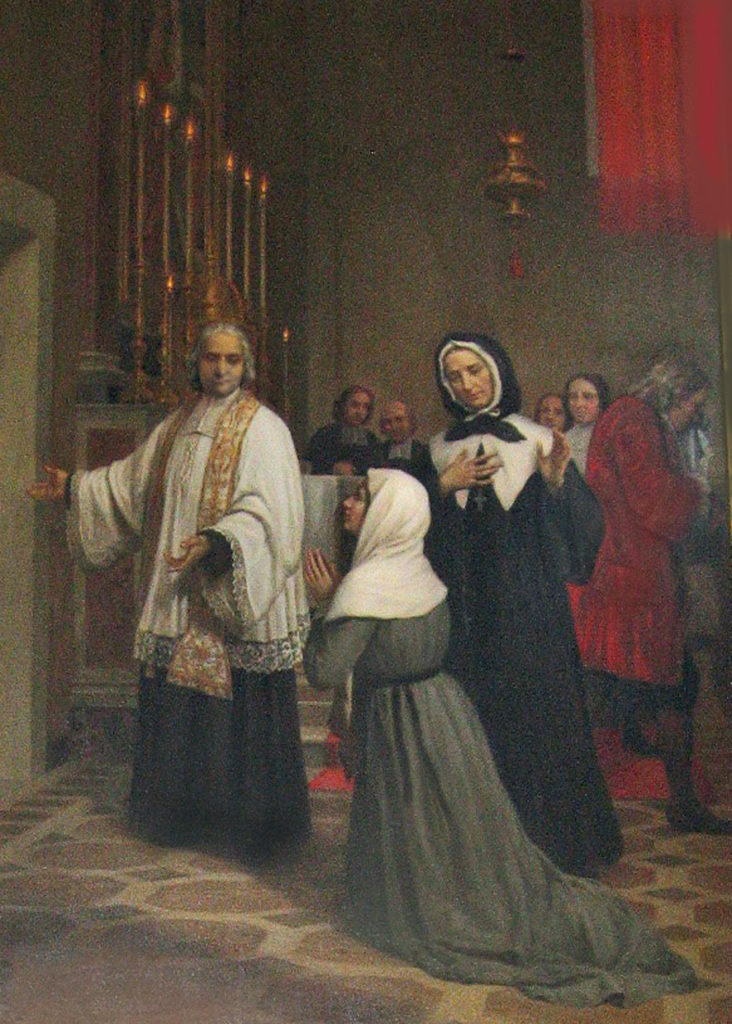
Author:
Donovan King is a postcolonial historian, teacher, tour guide and professional actor. As the founder of Haunted Montreal, he combines his skills to create the best possible Montreal ghost stories, in both writing and theatrical performance. King holds a DEC (Professional Theatre Acting, John Abbott College), BFA (Drama-in-Education, Concordia), B.Ed. (History and English Teaching, McGill), MFA (Theatre Studies, University of Calgary) and ACS (Montreal Tourist Guide, Institut de tourisme et d’hôtellerie du Québec). He is also a certified Montreal Destination Specialist.
Translator (into French):
Claude Chevalot holds a master’s degree in applied linguistics from McGill University. She is a writer, editor and translator. For more than 15 years, she has devoted herself almost exclusively to literary translation and to the translation of texts on current and contemporary art.


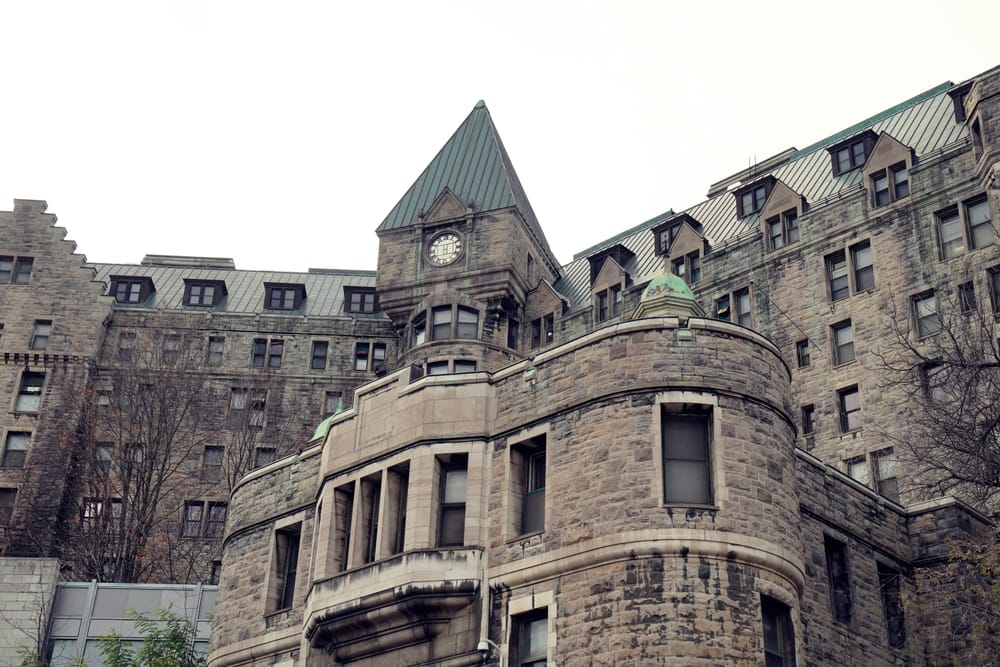
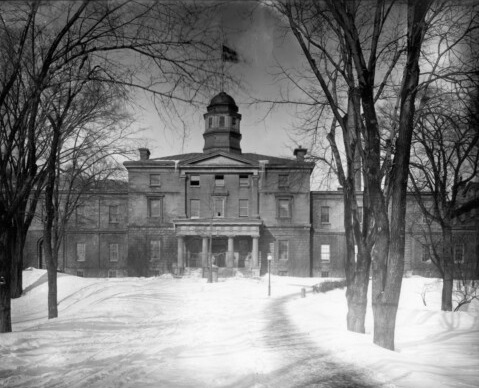
I just want to say thank you for these storys, i enjoy reading them so much, jim